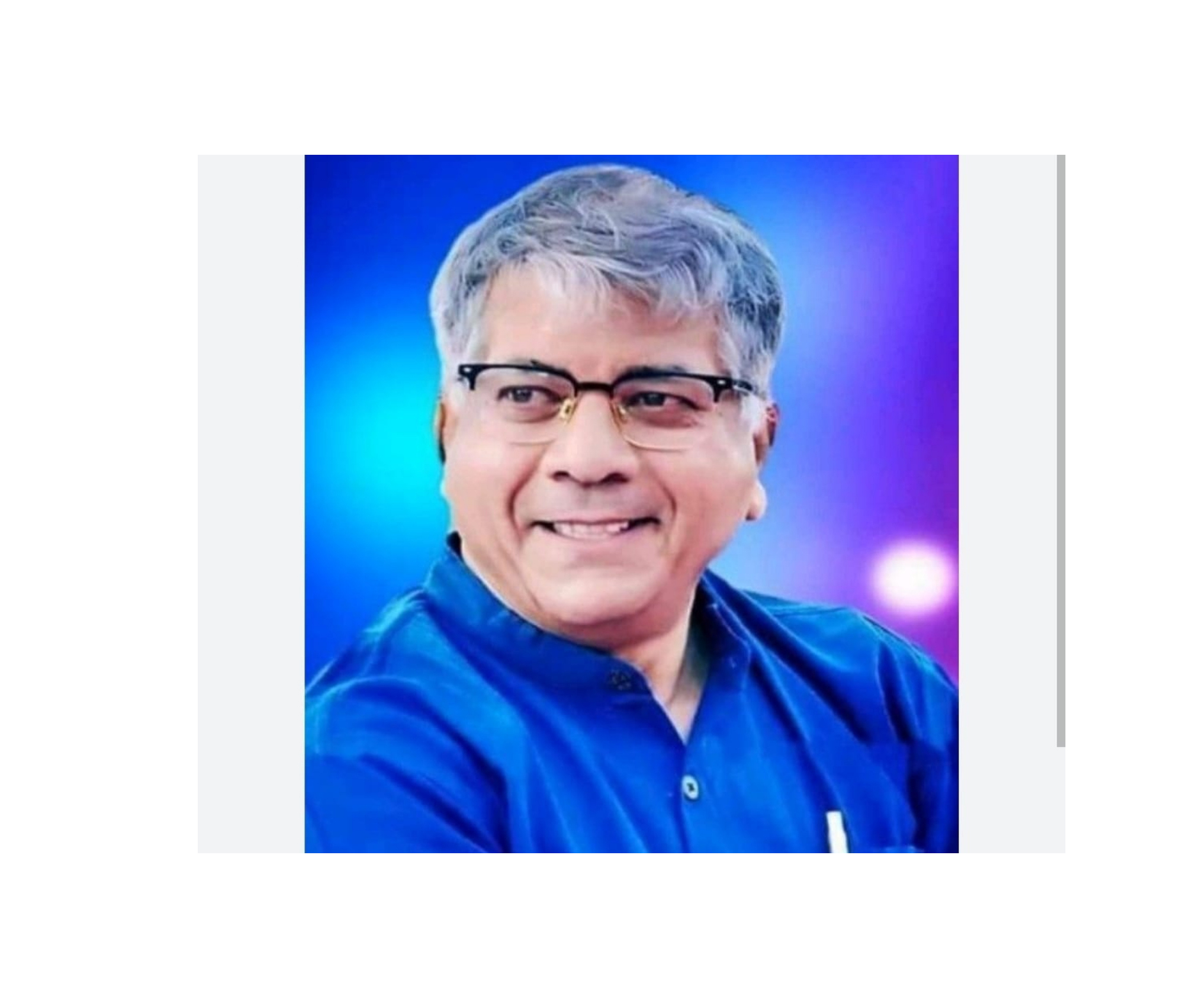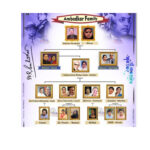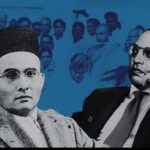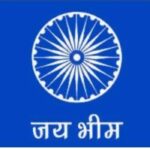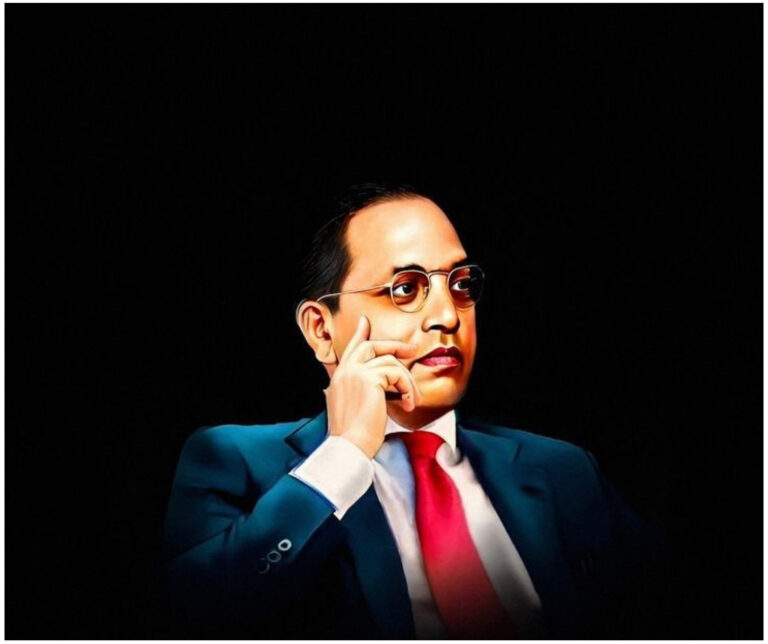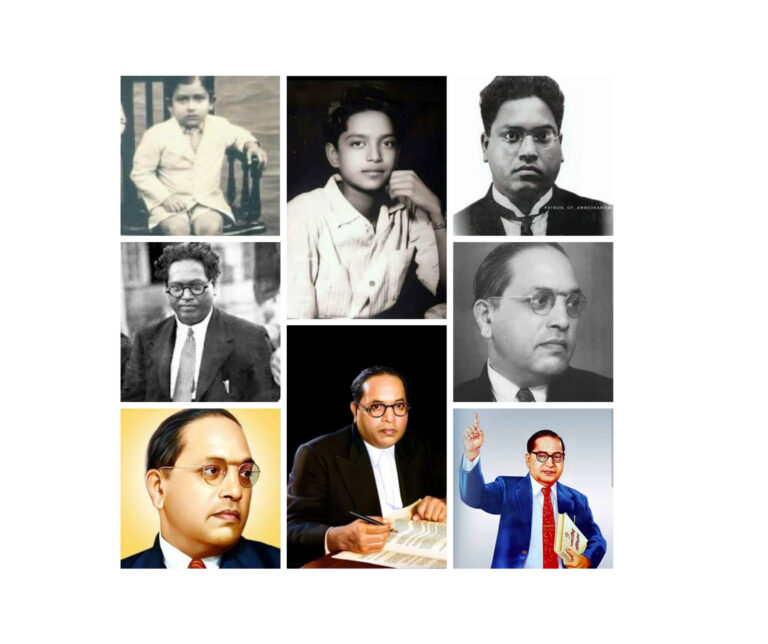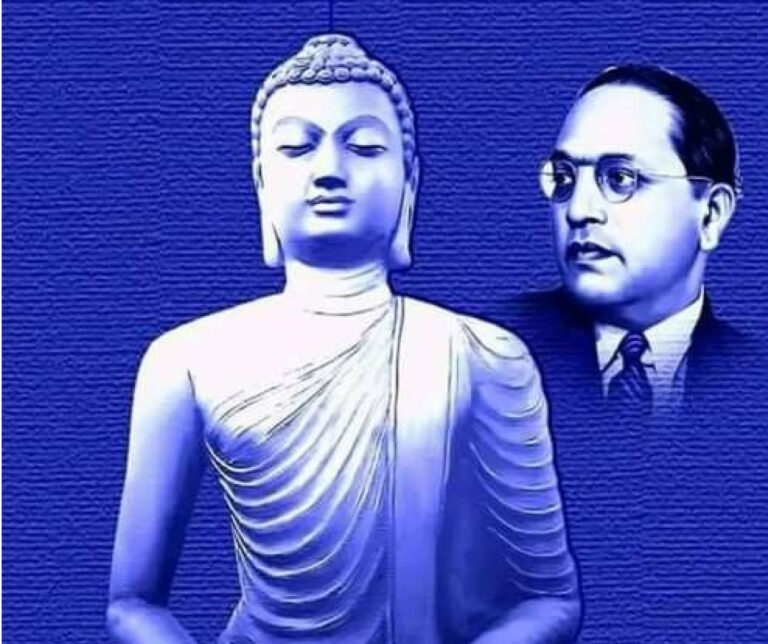Carrying the Jay Bhim Torch
Who is Prakash Ambedkar? A present Voice for Justice and Equality
Prakash Ambedkar is an Indian politician, lawyer, and social activist. He is the grandson of Dr. B.R. Ambedkar, the architect of the Indian Constitution and a great leader who fought for the rights of Dalits and other marginalized communities.
Prakash Ambedkar has followed in his grandfather’s footsteps, working to build a fair and equal society. He is often called the voice of the voiceless in Indian politics.
Prakash, leading Vanchit Bahujan Aghadi (VBA), stirs hearts and headlines—like his 2024 clash with Amit Shah over Babasaheb’s legacy. Who is this man? Let’s explore Prakash Ambedkar’s life, his Ambedkar grandson roots, and why he matters in India’s justice fight.
Who Is Prakash Ambedkar? The Basics
Born on May 10, 1954, in Mumbai, Prakash Yashwant Ambedkar—popularly called Balasaheb Ambedkar—is the eldest grandson of Dr. B.R. Ambedkar and Ramabai. His father, Yashwant Ambedkar (Bhaiyasaheb), carried Babasaheb’s Buddhist legacy, and his mother, Meera, raised a family steeped in Jay Bhim. Prakash has two brothers, Bhimrao and Anandraj, and a sister, Ramabai, married to scholar Anand Teltumbde. Married to Anjali Maydeo, a former professor, Prakash has a son, Sujat, who is a socio-political activist.
A lawyer with a B.A. and LLB from Siddharth College, Mumbai (1981), Prakash is the president of Vanchit Bahujan Aghadi (VBA), founded in 2018. He’s a three-time MP—Rajya Sabha (1990-1996) and Lok Sabha from Akola (1998, 1999). His Akola Pattern strategy unites Dalits, Muslims, and others, shaking Maharashtra’s politics. “The country survives only if the Constitution survives,” he said in 2023.
The Ambedkar Legacy: Growing Up as Babasaheb’s Grandson
Being Ambedkar grandson isn’t just a title—it’s a duty. Dr. B.R. Ambedkar (1891-1956), the architect of India’s 1949 Constitution, led the 1927 Mahad Satyagraha, wrote Annihilation of Caste (1936), and sparked the 1956 Buddhist conversion of 500,000—80% of Maharashtra Dalits, who are Buddhist (2011 Census). His Jay Bhim mantra inspires 5 lakh at Chaitya Bhoomi yearly (2024).
Prakash grew up in Mumbai’s Rajgriha, Babasaheb’s home, surrounded by 50,000 books (Rattu, 2017). His father, Yashwant, led the Buddhist Society of India, embedding Buddhism in Prakash’s life. “We were taught to fight for justice, not privilege,” Prakash said in a 2023 PTI interview. This shaped his path—law, activism, and politics, all carrying Babasaheb’s torch.
Prakash Ambedkar’s Political Journey
Prakash’s political career is a Jay Bhim saga, rooted in Akola, Maharashtra. Let’s trace his steps:
- Early Days (1990-1996): Elected to the Rajya Sabha, Prakash championed Dalit rights, opposing Shiv Sena’s push to censor Babasaheb’s Riddles in Hinduism. His 1994 Mumbai rally with Dalit groups drew thousands.
- Lok Sabha Wins (1998-1999): As head of Bharipa Bahujan Mahasangh (BBM), founded in 1994, he won Akola’s Lok Sabha seat twice, beating BJP’s Fundkar Pandurang by 30,000+ votes in 1998 and 34,000 in 1999.
- Vanchit Bahujan Aghadi (2018- Now): Frustrated by mainstream parties, Prakash launched VBA in 2018. It’s Akola Pattern—uniting Dalits, Muslims, OBCs—shook alliances. In 2019, VBA polled 7% in Maharashtra’s Lok Sabha polls (ECI data), splitting votes. By 2024, VBA exited Maha Vikas Aghadi (MVA) to contest independently.
In 2025, Prakash’s VBA pushes for ballot papers over EVMs, warning of electoral scams (@ideadelic, X, 2024). “He’s a disruptor,” says scholar Aakash Singh Rathore (2023).
The Akola Pattern: A Game-Changing Strategy
What makes Prakash Ambedkar stand out? His Akola Pattern, named after the Akola district, where VBA is based. This strategy unites excluded groups—Dalits (17% of Maharashtra’s population, 2011 Census), Muslims (11%), and OBCs—into a voting bloc. Here’s how it works:
- Inclusive Rallies: Prakash’s rallies, like the 2018 Bhima Koregaon protest (1 lakh attendees, PTI), draw diverse crowds, chanting Jay Bhim and demanding justice.
- Issue-Based Politics: He tackles caste violence (15 attacks, 2023), student suicides (Rohith Vemula, 2016), and custodial deaths (Somnath Suryawanshi, 2024). In 2024, he demanded ₹1 crore for Suryawanshi’s family.
- Vote Splitting: In 2019, VBA’s 7% vote share hurt Congress-NCP, helping BJP-Shiv Sena win 41 of 48 Maharashtra seats (ECI). “Prakash redefines power,” says Kancha Ilaiah Shepherd on X (2024).
The Akola Pattern, born in a district with 30% Dalit voters (2011 Census), is Prakash Jay Bhim’s blueprint for change.
Key Moments and Controversies
Prakash Ambedkar, Ambedkar grandson, isn’t shy of the spotlight. Here are pivotal moments:
- Bhima Koregaon (2018): After violence at the 200th anniversary of the Bhima Koregaon battle, Prakash called a Maharashtra bandh, demanding arrests of right-wing leaders Bhide Guruji and Milind Ekbote. Over 50,000 joined (PTI, 2018).
- Prabuddh Bharat Relaunch (2017): With son Sujat, Prakash revived Babasaheb’s 1956 newspaper, archiving 1950s editions lost in the 2016 Buddha Bhushan press demolition.
- Aurangzeb Defense (2023): Visiting Aurangzeb’s tomb, Prakash defended the Mughals’ 50-year rule, sparking clashes. “What’s wrong with history?” he asked, drawing BJP ire.
- Amit Shah Clash (2024): When Shah mocked chanting “Ambedkar, Ambedkar” in Parliament, Prakash hit back: “BJP sulks because Babasaheb’s Constitution stops them.” INDIA bloc MPs protested, amplifying their voice.
“Prakash’s boldness is his strength,” says activist Medha Patkar (2024).
Case Study: Bhima Koregaon Bandh (2018)
On January 1, 2018, violence erupted at Bhima Koregaon, Pune, during the 200th anniversary of a Dalit-British victory over the Peshwas. A woman died, and caste clashes followed. Prakash, as Ambedkar grandson, led VBA to call a Maharashtra bandh on January 2, 2025. Over 50,000 joined, halting trains and buses (PTI). He demanded the arrests of Bhide Guruji and Milind Ekbote, accused of inciting mobs. The bandh cost ₹500 crore economically (FICCI estimate) but spotlighted caste violence. “Prakash turned grief into power,” says historian Ramachandra Guha on X (2024).
Challenges and Criticisms
Prakash’s path isn’t smooth. Here’s the heat he faces:
- Vote-Splitting Blame: Congress-NCP accused VBA of aiding BJP in 2019 by splitting anti-BJP votes (7% share, ECI). Prakash counters: “We fight for Bahujans, not alliances” (2023 PTI).
- Media Clash: In 2023, he threatened Times Now anchor Anand Narasimhan, saying he’d “think what to do” if governance changed. Critics called it reckless.
- Limited Reach: VBA’s 2024 Lok Sabha loss in Akola (3rd place, ECI) raised doubts. “He’s strong locally, not nationally,” says scholar Anupama Rao (2024).
Yet, his 1 lakh-strong rallies (2018) and X buzz (@Prksh_Ambedkar) show his grip.
Why Prakash Matters in 2025
Why care about who is Prakash Ambedkar? In 2025, India grapples with 15 caste attacks (2023) and 20% rural dropouts (2024). Prakash’s VBA fights for the 17% Dalits, 11% Muslims, and OBCs, echoing Babasaheb’s “Educate, Agitate, Organize.” His 2024 Shah clash and EVM protests (@ideadelic, X) challenge power. “Prakash is Babasaheb’s voice today,” says @thewire_in (2019).
His cultural moves, like praising Radhika Apte’s Dalit bride in Made in Heaven 2 (2023), inspire Jay Bhim pride. With 93% informal workers (2017), Prakash’s Akola Pattern offers hope.
